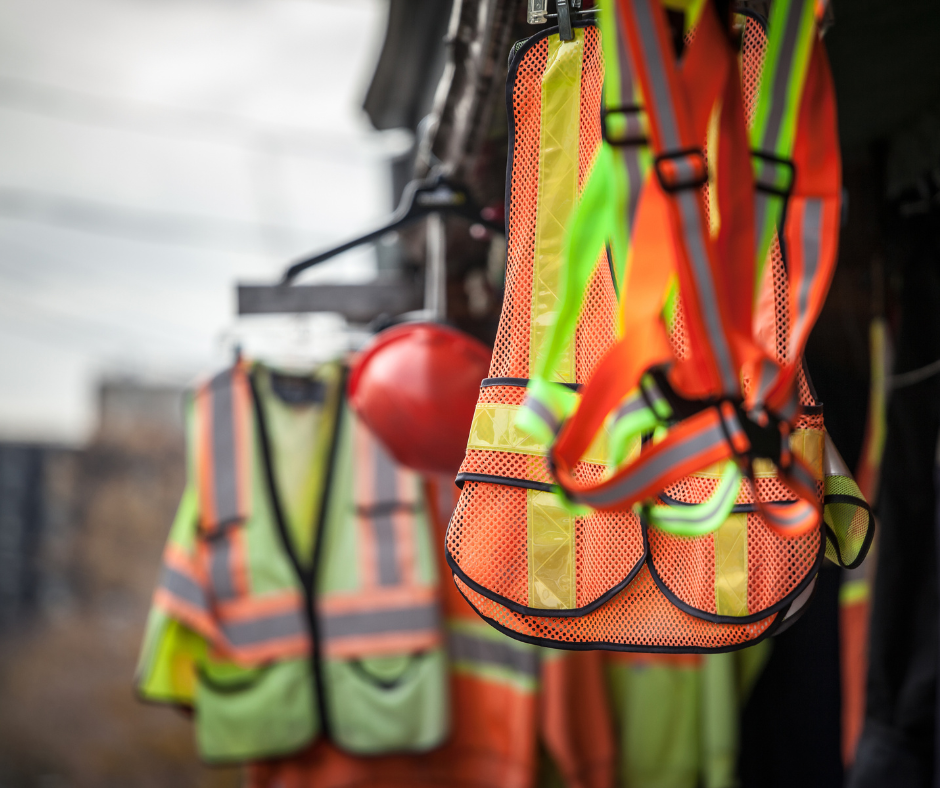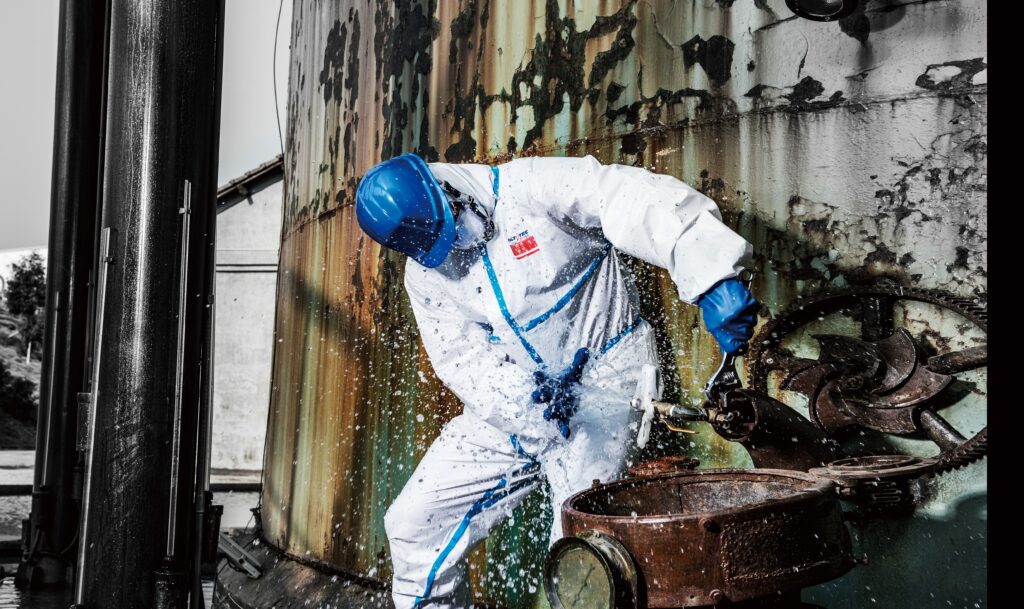Safety apparel, also known as protective clothing, is one of the needed personal protective equipment (PPE) in the workplace. The clothing is intended to provide protection and to reduce the risk of accidents to the wearer when performing their tasks.
A wide range of materials is used to produce different types of protective clothing. The effectiveness of each protective clothing depends on the types of material and design used to provide protection for each hazard. Different types of protective clothing cater to different conditions like exposure to chemicals, heat, flame, cold, electrical charge, weather, antistatic, low visibility, and general use. Design can be in kind of full body coveralls, coats, vests, aprons, surgical gowns, or in a jacket and trouser version that is meant for long term or in a disposable manner.

DETAILS TO IDENTIFY WHEN CHOOSING & USING A PROPER SAFETY APPAREL
It is important to understand the types of hazards employees will be facing in their workplace to provide proper protective clothing. Each employee working in a different department or field shall be equipped with a different type of clothing to accommodate the potential risks. For instance, employees in healthcare centre with possible exposure to chemical or contagious particles need chemical-resistant clothing while employees in the electrostatic environment need antistatic ESD protective clothing.
While the employer prepares necessary protective clothing for the employees, it is also crucial to let employees understand the reason for wearing the protective clothing and their features, so they are aware of the do’s and don’ts when wearing them. Sizes must be properly selected as well as some clothing needs to be worn in bigger, smaller, or in-fit sizes for better movement and effectiveness. Back to the example of chemical-resistant clothing, employees need to recognize the state of chemicals involved to determine the level of protective coverall to wear in the lab. The provided coverall needs to be worn until the employee completed the task and exits from the chemical-exposed environment to avoid any contamination.
Employees should also be trained in methods to wear protective clothing properly as it makes a huge difference between being safely covered and dangerously exposed. They should be informed of the proper method to put on, adjust and remove to avoid any unnecessary damage when handling the job. Employers may request training or sharing sessions from PPE suppliers for new employees or those new to the protective clothing.

While each protective clothing has a unique life span and care method, it is important to be aware of the proper care, maintenance, and disposal direction. Improper care of the protective clothing may possibly decrease the usage frequency and effectiveness. For example, washing a fire retardant (FR) protective apparel with a special detergent for FR garments instead of ordinary clothing detergent will preserve the FR properties for more washes. As for disposable protective clothing, employers need to prepare proper disposal bins be it for recycling or hazardous disposal types.
In short, employers should understand the types of risk involved and prepares the necessary apparel alongside thorough training to ensure safety and reduce accident rates at the workplace.
